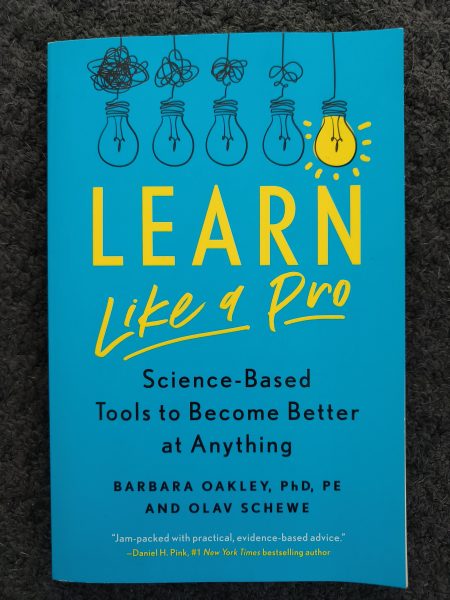
Pages: 125
Chapters: introduction, 11 parts and conclusion
Time of Day: all day
Format Read: paperback
First Print: 2011
You get taught how to ride a bike, how to count, how to tie your shoelaces. No one breaks down the art of effective learning. This book does!
This book is a must have on any book shelf and one that I keep returning to. Barbara Oakley is a linguistic expert, army veteran and has multiple university qualifications in engineering. Her experience allows her to write in an easy to understand and digestible fashion.
The book is broken into chapters that are around 10 pages in length. Each chapter has a key takeway summary at the end. I find this super helpful when referencing back and finding the section you are looking for.
rs that are around 10 pages in length. Each chapter has a key takeway summary at the end. I find this super helpful when referencing back and finding the section you are looking for.
Who is This Book For?
Both Barbara and Olav were flunking maths and science. They refined their learning process and how they took knowledge in. As a result, they were both able to achieve Masters Degrees or higher.
This is for the knowledge seeker that is strives to continually improve their learning experience. Written by two people that struggled with learning. This book builds on insights founded in neuroscience and cognitive psychology. Through refining their approach to learning they were able to unlock their potential.
How to beat procrastination
This is one of my favourite chapters of this book. As someone who sits on their phone and procrastinates, this chapter is gold. If you haven’t heard of the Pomodoro Technique (Link), check out the fundamentals here. This is a great technique that can be used to combat procrastination. I find more often than not the simple act of starting a task is the hardest part and you end up going longer and enjoy it!
How to learn anything deeply
I’m someone who has trouble remembering a person’s name immediately after shaking their hand. This chapter is all about processes to make things stick in your memory. One of the key takeaways that resonated with me was the retrieval process. I won’t ruin anyone’s reading. However this is a powerful technique. Utilise this technique when you are trying to learn and memorise new concepts. Spoiler alert – I find it easier to remember someone’s name using this technique!
Conclusion
This book is based on scientifically proven techniques. Barbara has also developed this into an online course via cousera. This book is for anyone who is serious about personal development and continual improvement. The chapters are inoffensively short. Each one has a summary page at the rear to reference when you need a refresh.
One of the key quotes that lasted on me was “to become and effective learner, you need to apply the right learning tools at the right time and constantly think about how you can improve.” I think if you have got this far in my review, you already live this process of continual improvement. Hopefully this book can give you some extra pointers and refine your processes.